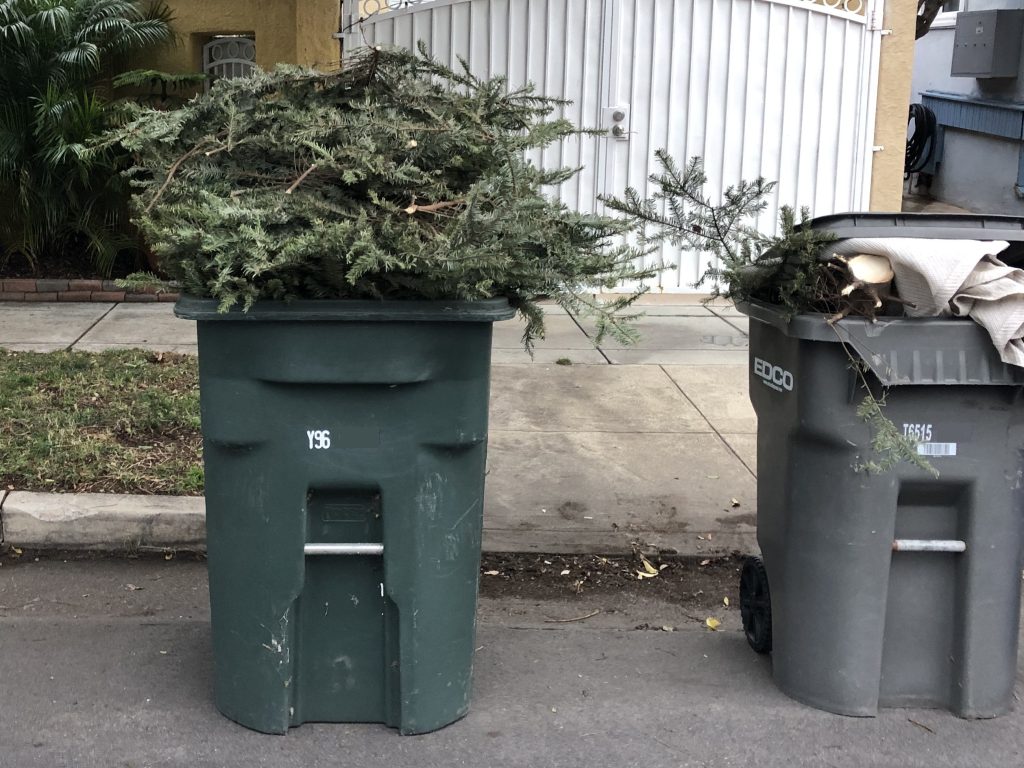“STEAM” (Science, Technology, Engineering, Arts, and Math) has become a bit of a buzzword in education discussions. In the constant use, we often fail to appreciate that it’s more than an acronym. To our team at CUSD, STEAM lives on as a philosophy to guide deeper and more impactful learning.
 We apply STEAM as a method of instruction where students use hands-on learning to engage with the content in the subjects of science, technology, engineering, arts, and math. It starts with incorporating hands-on applications in our elementary school and grows to create entire courses designed around modern application and critical thought in high school.
We apply STEAM as a method of instruction where students use hands-on learning to engage with the content in the subjects of science, technology, engineering, arts, and math. It starts with incorporating hands-on applications in our elementary school and grows to create entire courses designed around modern application and critical thought in high school.
At the core of all of our instruction, we create an environment of active learning. Rather than mildly presenting topics and expecting students to regurgitate materials, we give them a foundational understanding. From there we challenge them to think critically about how to apply this knowledge in beneficial situations. Situations, we might add, designed to mimic real-world applications.
Then students work on these challenges in groups, mirroring a company setting. From there, they brainstorm, design, build, test, and problem solve to complete the challenge. Through application, and subsequent trial and error, students gain a better understanding and appreciation of concepts taught.
This process looks different at every school that implements it. This is because at the helm of designing interactive curriculum are our teachers. After all, they are the experts. Our teaching team works to deliver the content in a manner to build a relationship with students, sparking the student’s interest. From there, students take the information to apply to problem solving. It gives them the ability to lead in their education.
In truth, it pairs perfectly with our personalized learning approach.
To showcase what this look like in application, we connected with CHS Assistant Principal Shane Schmeichel who oversees our Career Technical Education (CTE). While we weave this STEAM philosophy throughout all of our grades and classes, the CTE courses epitomize the fullest extent of the application.
This year our Engineering Projects course assigned students to build a system to weigh an individual in a pool. Groups worked with the P.E. teacher and successfully created a minimalist weighing system out of PVC pipe. In another project our engineering students created recently was a robot that shoots Ping-Pong balls. Much to everyone’s delight, it also retrieves the Ping-Pong balls. That makes cleanup much easier.
Entering our Woodworking studio differs drastically from the typical classroom. Here students have a strong grasp of the fundamentals, such as using the machines and working with wood. Moving up in the curriculum, students begin to explore artistic expression in their craft. That’s why in the advanced courses, students don’t use templates; they design their own. Thus, the entire studio is filled with aesthetically pleasing and delightful furniture.
Another example is our Advanced Sports Medicine course – part of our Health Science Pathway program. Here students participate at an internship at Sharp Memorial Hospital in Coronado. When it comes to being able to apply your education, how much better can you get than learning in your chosen field?
These are just some of the examples of the way we apply the STEAM pathways philosophy to learning at CUSD. Overall our goal is to engage students with a variety of topics, then allow them to apply the knowledge to challenges. Applying this philosophy gives us a unique tool to bring subjects alive for students.




